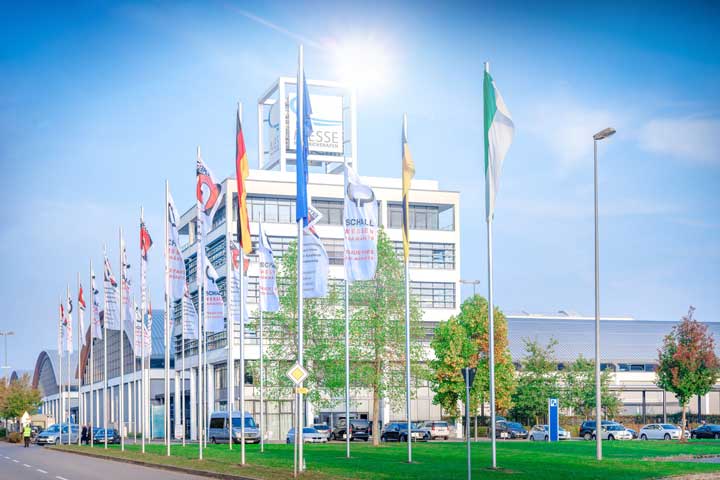Sustainability 01. October 2020
Dei®Bio Masterbatch / Dei®Wood Masterbatch for dying Bio Polymers and Wood Plastic Composites
DEI®BIO MASTERBATCH
We develop tailor-made Masterbatches and pigment preparations for the dying of bioplastics, which are individually
adapted to the biomaterial of our customers. Due to the multitude of available “Bio-” plastics and their varied technical characteristics and original colors, we will chose a suitable carrier material for each individual plastic.
What type of Biopolyomer needs to be dyed?
We will determine the suitable carrier material and the correct raw pigment to use for the selected bioplastic. In addition, we will take into consideration whether a certification according to the EN13432 standard on biodegradability is required or not.
What do you need to consider when dying Biopolymers?
Our recommended additional amount of color concentrate for the bioplastic should not be exceeded so that an EN 13432 certification is not jeopardized. Tests have shown how, for example, a PLA blend and a PBS can be dyed in comparison to
a HDPE raw material when they both have the same amount of added pigment.
In addition, in this color test almost the maximum permissible amount of additional coloring agent [according to EN 13432 and the heavy metal limit values] was added to show the optimal coloring.
The quality of the dying and the shades that can be achieved is highly dependent on the choice of bioplastic.
DEI®WOOD MASTERBATCH
Our Dei®Wood colour concentrates offer the perfect solution for colouring WPC and other natural fiber plastic composites.
Discover the raw material WPC for your products, and explore with us colour design possibilities for wood in symbiosis with plastic. Dei®Wood colour concentrates are tailored individually to suit the WPC base material depending on customer specifications to guarantee the best possible colour dispersion.
We develop tailor-made Masterbatches and pigment preparations for the dying of bioplastics, which are individually
adapted to the biomaterial of our customers. Due to the multitude of available “Bio-” plastics and their varied technical characteristics and original colors, we will chose a suitable carrier material for each individual plastic.
What type of Biopolyomer needs to be dyed?
We will determine the suitable carrier material and the correct raw pigment to use for the selected bioplastic. In addition, we will take into consideration whether a certification according to the EN13432 standard on biodegradability is required or not.
What do you need to consider when dying Biopolymers?
Our recommended additional amount of color concentrate for the bioplastic should not be exceeded so that an EN 13432 certification is not jeopardized. Tests have shown how, for example, a PLA blend and a PBS can be dyed in comparison to
a HDPE raw material when they both have the same amount of added pigment.
In addition, in this color test almost the maximum permissible amount of additional coloring agent [according to EN 13432 and the heavy metal limit values] was added to show the optimal coloring.
The quality of the dying and the shades that can be achieved is highly dependent on the choice of bioplastic.
DEI®WOOD MASTERBATCH
Our Dei®Wood colour concentrates offer the perfect solution for colouring WPC and other natural fiber plastic composites.
Discover the raw material WPC for your products, and explore with us colour design possibilities for wood in symbiosis with plastic. Dei®Wood colour concentrates are tailored individually to suit the WPC base material depending on customer specifications to guarantee the best possible colour dispersion.



